In the bustling marketplace of the digital age, website optimization is the steering wheel that guides businesses to success. Whether in the e-commerce sector, healthcare industry, or educational platforms, optimizing your website has become a key component for growth and user satisfaction. Here’s a snapshot of the Top 15 Strategies for website optimization:
- Utilize efficient coding techniques
- Implement responsive design for various devices
- Apply visual aids to enhance user engagement
- Integrate social media sharing options
- Develop a clear, navigable layout
For example, in the online retail niche, a sleek interface and faster load times could enhance customer experience, leading to more sales ?️. Similarly, in the healthcare sector, easily accessible information could lead to patient satisfaction and trust ?.

To gear up your website optimization strategies, explore Plerdy, a multifunctional tool designed for CRO & UX that can take your website to the next level. Implementing Plerdy could be the wind in the sails that propels your digital boat to the island of success ?. Don’t hesitate; make the transition to an optimized website today with the top strategies and Plerdy.
What is Website Optimization?
Website optimization is an encompassing approach designed to make a website perform at its absolute best. At the heart of optimization lies a keen focus on creating an online destination that is quick, user-friendly, and seamlessly functional across various devices.
To illustrate, let’s zoom into an e-commerce fashion boutique. Here’s how optimization comes into play:
- Speed: In our busy, on-the-go lifestyle, nobody enjoys waiting. By optimizing speed, users can browse, select, and purchase without unnecessary lag.
- User Interface: A well-structured website helps users effortlessly navigate through numerous product categories – men’s wear, women’s wear, accessories, etc.
- Mobile-Friendliness: With the majority of users shopping on mobile devices, an optimized website adapts smoothly to different screen sizes, ensuring a hassle-free shopping experience.
Next, consider a blog dedicated to health and wellness. Optimization strategies here could include:
- Content Quality: Expertly crafted, engaging articles inspire trust and invite repeated visits.
- Multimedia Optimization: High-resolution images and videos complement text, but their size and format need careful optimization to prevent slow page load times.
- Internal Linking: Skillful integration of links to relevant articles within the blog fosters an environment of discovery, keeping readers on the site longer.
It’s all about finding a perfect balance between user needs and technological capabilities.
Importance of Website Optimization
Website optimization goes beyond simple online visibility—it shapes user experience, builds trust, and ultimately drives business success. Just like a finely-tuned engine propels a vehicle, optimized websites fuel businesses in their digital journey.
Imagine an online fitness platform offering personalized workout plans. Website optimization plays a pivotal role here:
- User Experience: An intuitive, clutter-free interface enables users to easily find, customize, and follow their workout schedules.
- Trust Building: Showcasing testimonials and results effectively boosts credibility and motivates visitors to sign up.
- Conversions: With smooth navigation and quick load times, users are more likely to complete sign-up or purchase procedures.
Now, consider an online publishing house. Optimization here could translate into:
- Reader Engagement: A well-structured content layout keeps readers engaged, reducing bounce rates.
- Load Speed: Optimizing images and embedded videos ensure quick loading, making reading an enjoyable experience.
- Accessible Content: By making the site easily navigable on various devices, readers can enjoy their favorite books on the go.
In the digital landscape, website optimization emerges as a cornerstone of success.
Top 15 Strategies for Website Optimization
1. Enhancing Website Speed
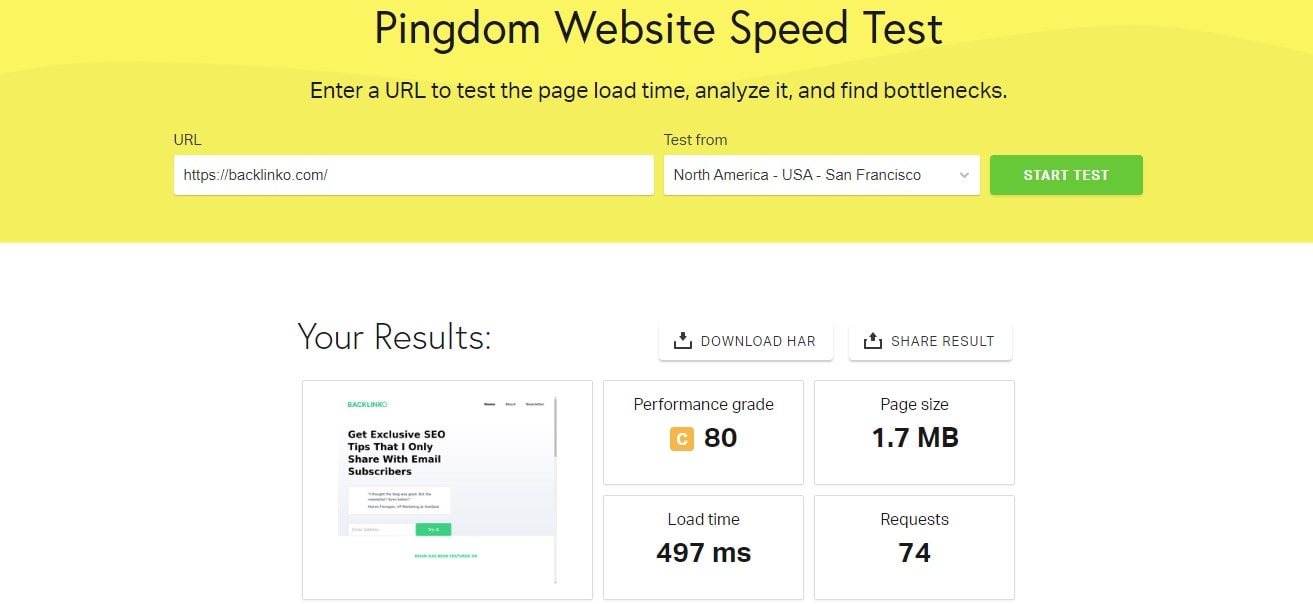
Revving up website speed stands as a crucial part of optimization. Just like a speedy race car, a fast website wins the digital race, leaving competitors eating virtual dust. In today’s digital expressway, speed equals success, translating into higher user engagement and conversions.
Take an online news portal. Speed enhancements here can lead to significant benefits:
- User Engagement: Lightning-fast load times keep readers engrossed, ensuring they delve deeper into the day’s news.
- Traffic: Fast-loading sites encourage return visits, fostering a larger, loyal audience.
- Ad Revenue: More traffic leads to more views on ads, potentially increasing revenue.
Similarly, consider a food delivery app’s website. Here’s how speed optimization can make a difference:
- User Experience: Rapid loading of restaurant listings, menus, and images facilitates a smooth ordering process.
- Conversion: Orders are completed faster, increasing conversion rates.
The formula is simple—time is precious, and users prefer websites that value their time. By enhancing website speed, businesses offer a faster, more efficient online experience that meets user expectations and drives success. So, buckle up and get ready to speed up your digital journey with website optimization.
2. Responsive Web Design
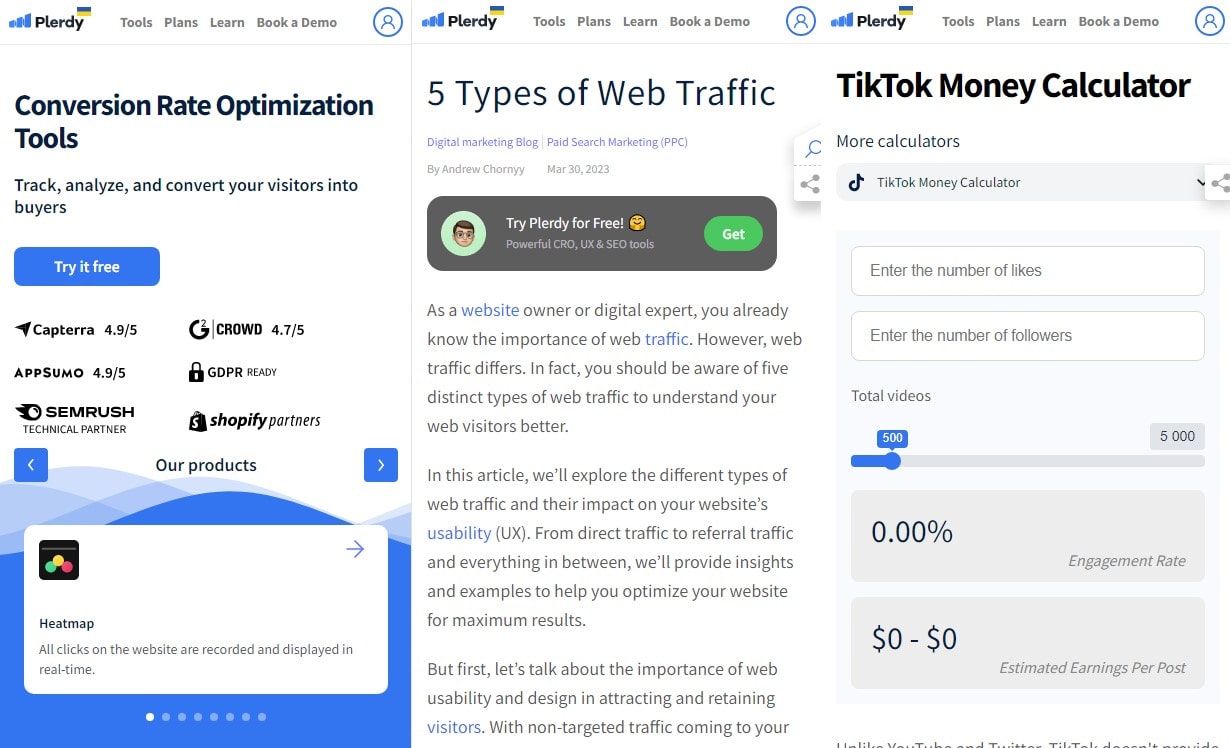
Responsive web design, an essential cog in the wheel of website optimization, ensures a seamless user experience across multiple devices. Imagine a website as a fluid grid, effortlessly adapting to the screen’s size and orientation, whether it’s a large desktop monitor, a tablet, or a compact smartphone screen.
Consider an online photography portfolio. A responsive design works wonders here:
- Display: Images scale smoothly, showcasing the photographer’s work without any visual compromise.
- Navigation: Easy navigation through different photo categories enhances user experience.
- Engagement: A website that looks great on all devices encourages users to explore more, boosting overall engagement.
Now, think about an online learning platform. The benefits of responsive design are evident:
- Accessibility: Students can access courses and materials effectively, regardless of the device they use.
- Usability: Optimized layouts provide easy access to video lectures, reading materials, and quizzes.
- Retention: A website that delivers a satisfying experience keeps students coming back, fostering higher course completion rates.
It’s all about ensuring your website content looks great and functions impeccably, whether it’s being accessed on a giant 4K monitor or a palm-sized smartphone screen. Embracing responsive design is embracing the multi-device reality of today’s digital landscape.
3. Implementing SEO Best Practices
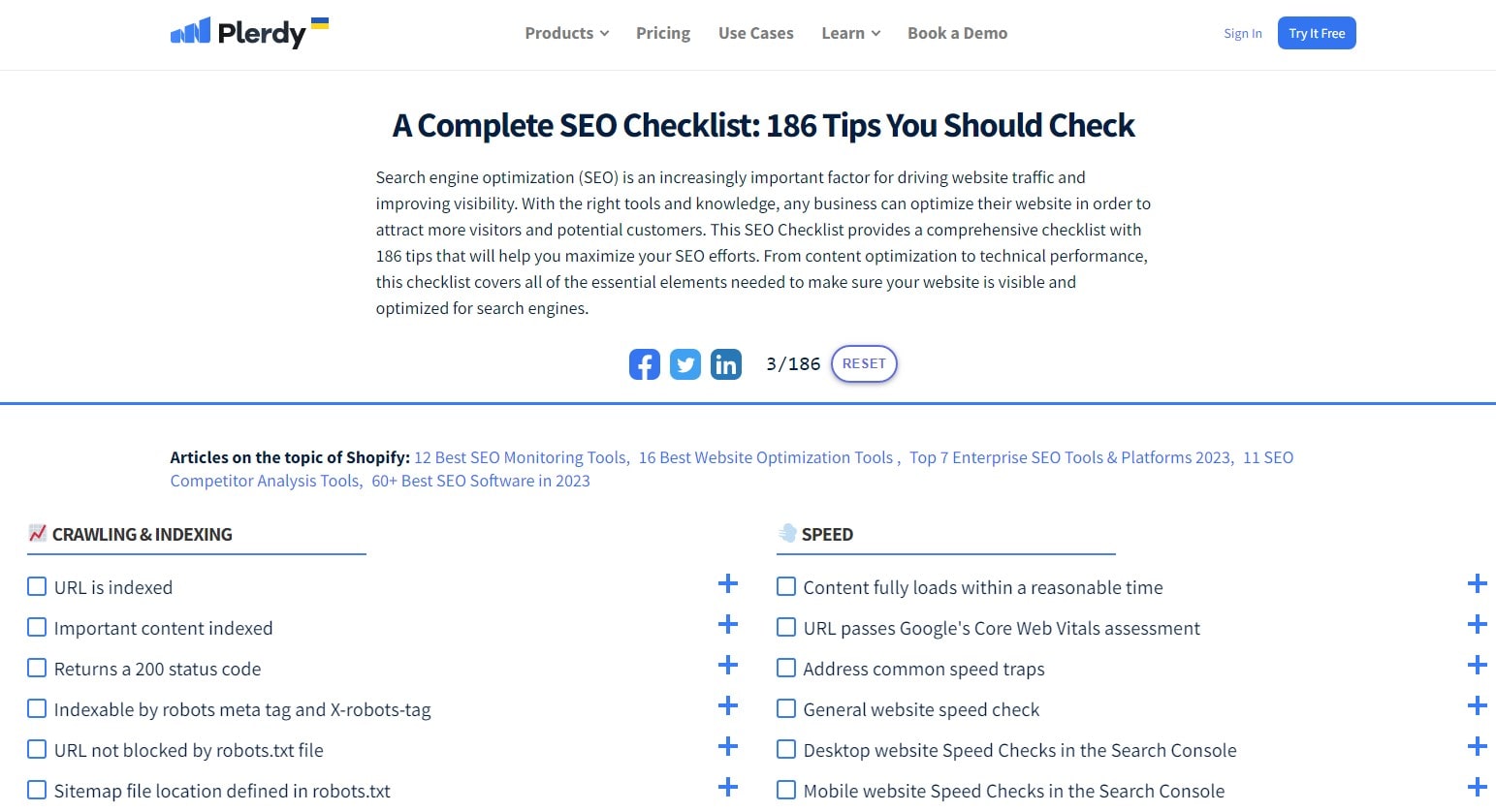
In the fast-paced digital marathon, implementing SEO best practices propels your website optimization strategy forward. With search engines serving as primary navigators in the internet ocean, having a website that’s SEO-optimized helps you sail smoothly towards your destination—increased visibility and traffic.
Take, for example, a local bakery trying to establish its digital footprint. Implementing SEO best practices could include:
- Keywords: Using local and industry-specific keywords ensures the website pops up in relevant searches.
- Website Architecture: A well-structured, easily navigable website helps search engines index it effectively.
- Content: Regularly updated, high-quality content about baking trends, recipes, and products keeps visitors and search engines engaged.
Alternatively, consider a tech blog. SEO implementation here could look like:
- Meta Descriptions: Effective meta descriptions attract potential readers on search engine results pages.
- Image Optimization: Alt tags for images improve the blog’s visibility in image searches.
- Link Building: High-quality internal and external links improve search ranking and establish authority.
SEO is like a compass, guiding your website through the vast expanse of the internet to land on the shores of your target audience. Implementing SEO best practices helps your website stand out in the crowded digital marketplace, increasing visibility, driving traffic, and fostering growth.
4. Ensuring High-Quality Content

Ensuring high-quality content is the heart of website optimization. Just as a well-cooked meal delights the taste buds, superior content engages users, holding their attention and encouraging them to explore more of your website.
Consider a travel blog. Quality content here goes beyond simple blog posts—it becomes a captivating narrative:
- Engaging Writing: Story-driven posts detailing travel experiences, sights, and cultures captivate readers, keeping them hooked.
- Multimedia: High-quality images and videos bring destinations to life, enriching the reader’s experience.
- Updates: Regularly adding fresh content keeps the blog relevant and engaging, attracting both visitors and search engines.
Now, think about a medical health portal. Here, high-quality content can lead to significant benefits:
- Informative Articles: Detailed, well-researched articles about various health conditions, treatments, and preventative measures build trust among readers.
- Graphics: High-quality diagrams, infographics, and animations can make complex medical concepts easier to understand.
- Updates: Keeping the website updated with the latest health news and studies fosters user engagement and search engine recognition.
Ensuring top-tier content quality creates an inviting, engaging, and informative website that stands out in the digital landscape. It engages visitors, improves dwell time, and fosters trust—all vital factors in optimizing your website for success in the digital arena.
5. Using Effective Call-to-Actions (CTAs)
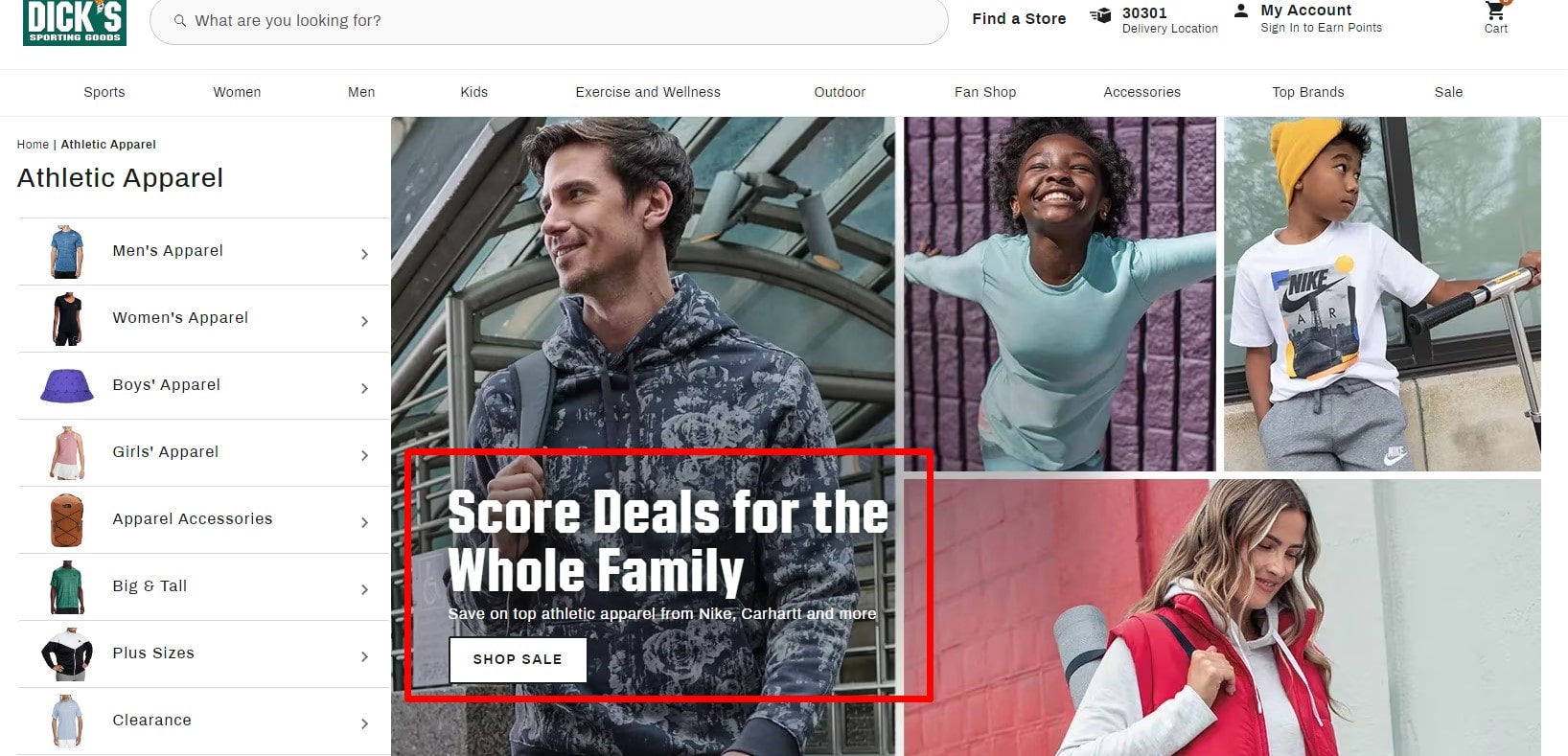
Effective call-to-actions (CTAs) are powerful tools in website optimization, driving users to take specific actions, thereby boosting engagement, conversions, and customer journey progression.
Imagine an e-commerce store specializing in sustainable clothing. Using compelling CTAs could enhance user engagement significantly:
- Shopping Cart: A “Buy Now” button in vibrant colors nudges customers to finalize their purchases.
- Newsletter Sign-up: A “Join the Green Fashion Revolution” CTA entices visitors to subscribe to updates.
- Product Reviews: A simple “Share Your Experience” prompt encourages customers to leave reviews, fostering community interaction.
Alternatively, consider an online fitness platform. Effective CTAs here can help increase subscription rates and engagement:
- Trial Subscription: A “Start Your Free Trial” button entices users to test the service.
- Fitness Assessment: A “Discover Your Fitness Level” prompt encourages users to take an online assessment.
- Member Testimonials: A “Hear Success Stories” CTA invites prospective members to explore testimonials, increasing trust.
Harnessing the power of CTAs helps guide users on your website, influencing their actions in line with your business objectives. Be it purchasing a product, signing up for a newsletter, or sharing feedback—every button clicked brings your website one step closer to achieving its goal. Mastering CTAs is crucial for a well-optimized website—every click is a step towards success.
6. Regularly Updating Your Website

It bolsters user engagement, provides fresh content for search engines to index, and ensures the relevance of your site in an ever-evolving digital landscape.
Think about a tech news blog. Regular updates here could mean:
- Daily News: Publishing daily articles keeps readers informed about the latest tech developments.
- In-depth Reviews: Regularly reviewing new tech products helps users make informed purchasing decisions.
- Tech Guides: Frequently releasing how-to guides and tutorials provides value to readers and maintains their interest.
Alternatively, consider a real estate agency’s website. Keeping it current could involve:
- Property Listings: Regularly updating property listings ensures that visitors have access to the latest offerings.
- Market Trends: Regular market updates can help potential buyers or sellers understand the current real estate landscape.
- Client Testimonials: Refreshing the testimonials page with recent client experiences can build trust among potential clients.
Whether it’s posting daily news articles, refreshing product listings, or updating customer testimonials, every update contributes to website optimization. Stay current, stay optimized.
7. User-Friendly Navigation
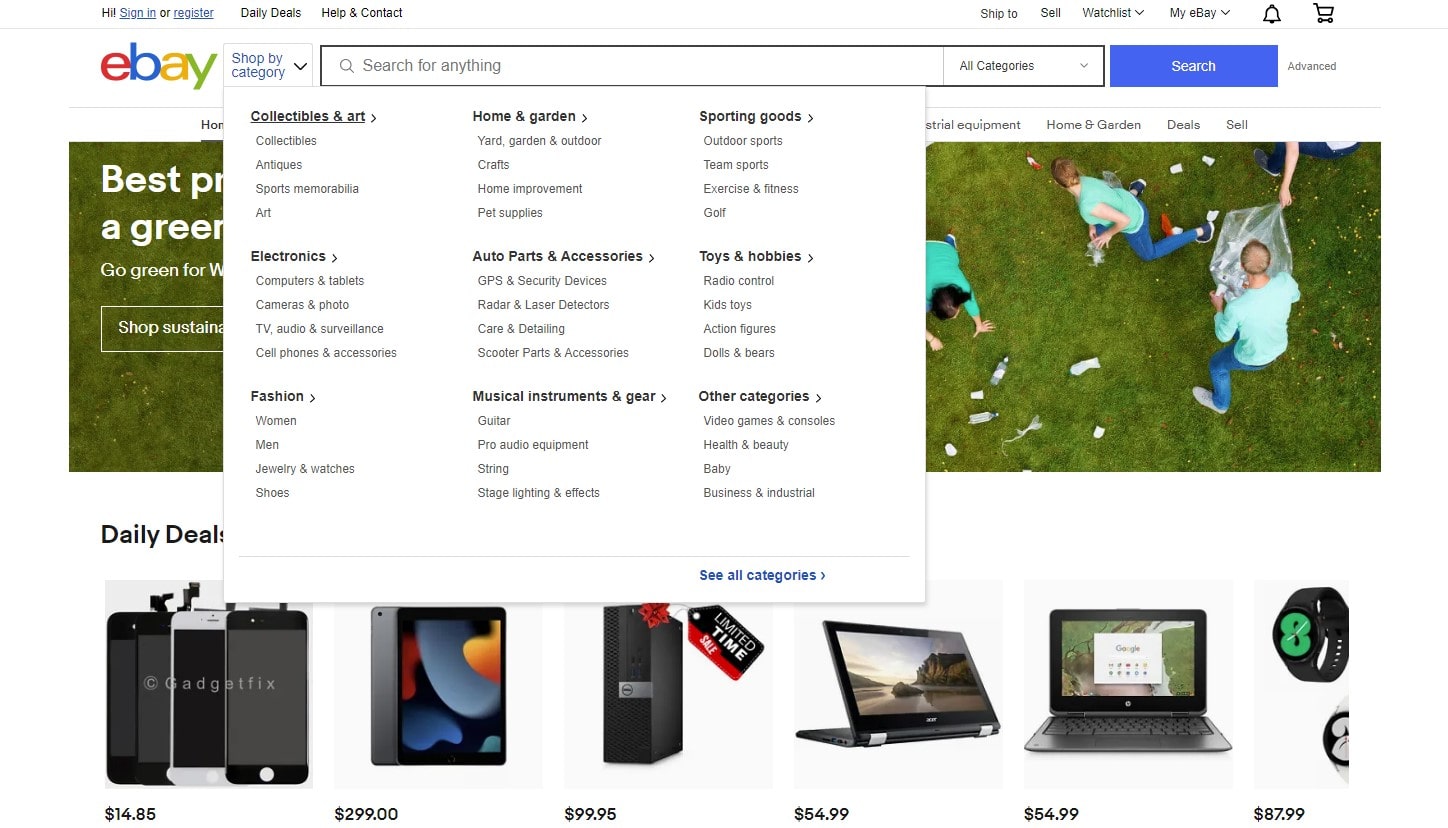
Navigating a website should be effortless – an enjoyable journey that guides users to desired content swiftly and intuitively. A well-optimized, user-friendly navigation setup contributes significantly to this experience.
Picture an e-commerce store selling handmade crafts. It could optimize its navigation by:
- Organized Categories: Grouping similar products – like pottery, jewelry, and textiles – under distinct categories makes searching easier.
- Clear Labels: Using descriptive, easy-to-understand labels for each category simplifies browsing.
- Search Functionality: An accessible and effective search bar helps users find specific products swiftly.
Now, imagine a municipal government’s website. A user-friendly navigation might involve:
- Service Sections: Clear sections for services like renewing licenses, paying taxes, or scheduling inspections facilitate a user’s journey.
- Contact Information: Visible and accessible contact information helps users connect with the right departments.
- Interactive Maps: If locations are relevant, interactive maps can assist users in identifying office locations, polling places, or other facilities.
For both examples, having a clearly marked homepage link ensures users can always reset their journey if needed. This focus on user-friendly navigation caters to user needs, fosters positive user experiences, and naturally integrates into a comprehensive website optimization strategy. Smooth out your user journey – it’s worth every bit of effort.
8. Optimizing for Mobile Devices
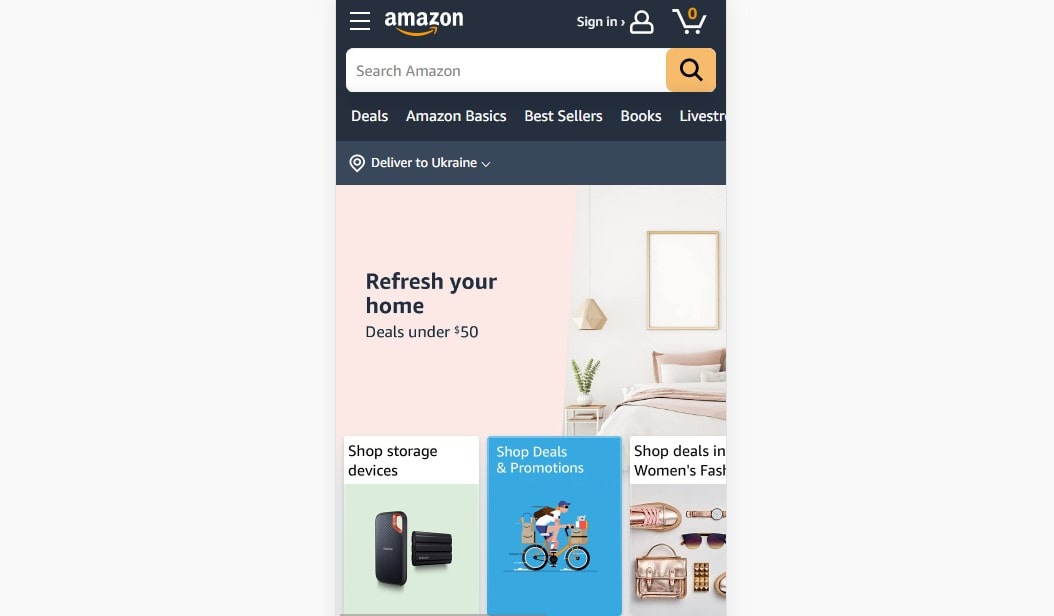
Fingertips glide across screens as users dive into content, make purchases, and seek out information – all from their mobile devices. Successful website optimization, then, hinges on catering to these users and their browsing habits.
Consider a digital magazine. The focus might be on:
- Responsive Design: This ensures content, images, and navigation scale correctly for various screen sizes.
- Readable Text: Scaling fonts so they are easily readable on smaller screens can vastly improve user experience.
- Fast Load Times: Compressing images and reducing unnecessary coding can lead to quicker load times.
Now let’s shift gears and think about a local bakery with a digital storefront. Here, mobile optimization might involve:
- Easy Ordering: Streamlining the process for selecting items, checking out, and making payments.
- Location Accessibility: Integrating with map applications to provide easy-to-follow directions.
- Touch-Friendly Buttons: Designing large, spaced-out buttons to facilitate easy touch navigation.
Embracing mobile optimization is no longer a matter of standing out – it’s about keeping up. A mobile-optimized website can improve user experience, boost traffic, and ultimately, drive conversions. Simply put, mobile optimization is your ally in securing a digital success story.
9. Reducing Bounce Rate
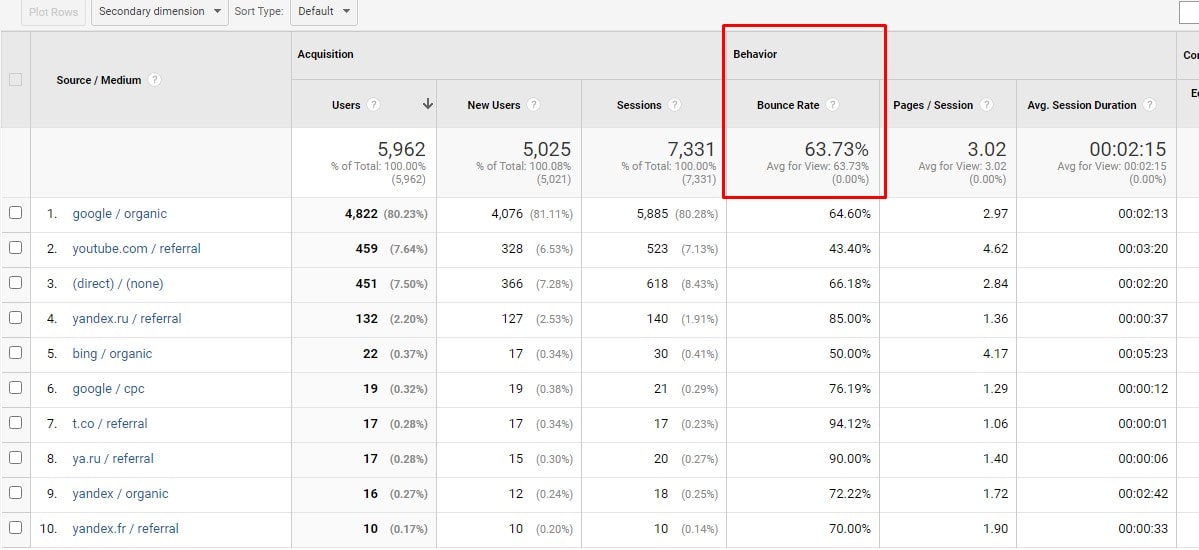
A high bounce rate is an alarm bell that your website optimization strategy requires fine-tuning. Bounce rate – the percentage of visitors who leave after viewing only one page – can gnaw away at traffic numbers and revenue. Here’s how you can apply the brakes on high bounce rates.
Picture an online retail shop. Solutions could be:
- Clear Navigation: Ensure the site layout is logical and straightforward to prevent customer frustration.
- Engaging Content: Craft compelling product descriptions and utilize engaging visuals to hold the visitor’s attention.
- Speedy Load Times: Swift page load times keep visitors from leaving out of impatience.
Now, imagine a blog platform. Strategies may include:
- Internal Linking: Guide readers to related content to keep them exploring your site.
- Audience-Centric Content: Know your audience’s interests and tailor content to match, turning fleeting visitors into dedicated readers.
- Easy Reading: Use headlines, sub-headers, and bullet points to make content digestible and attractive.
Reducing bounce rate is a challenge that requires keen attention to user experience and content quality. Keep visitors intrigued and engaged, and they’ll stick around – digging deeper into your website, converting from visitors to valued customers.
10. Utilizing Analytics for Data-Driven Decisions
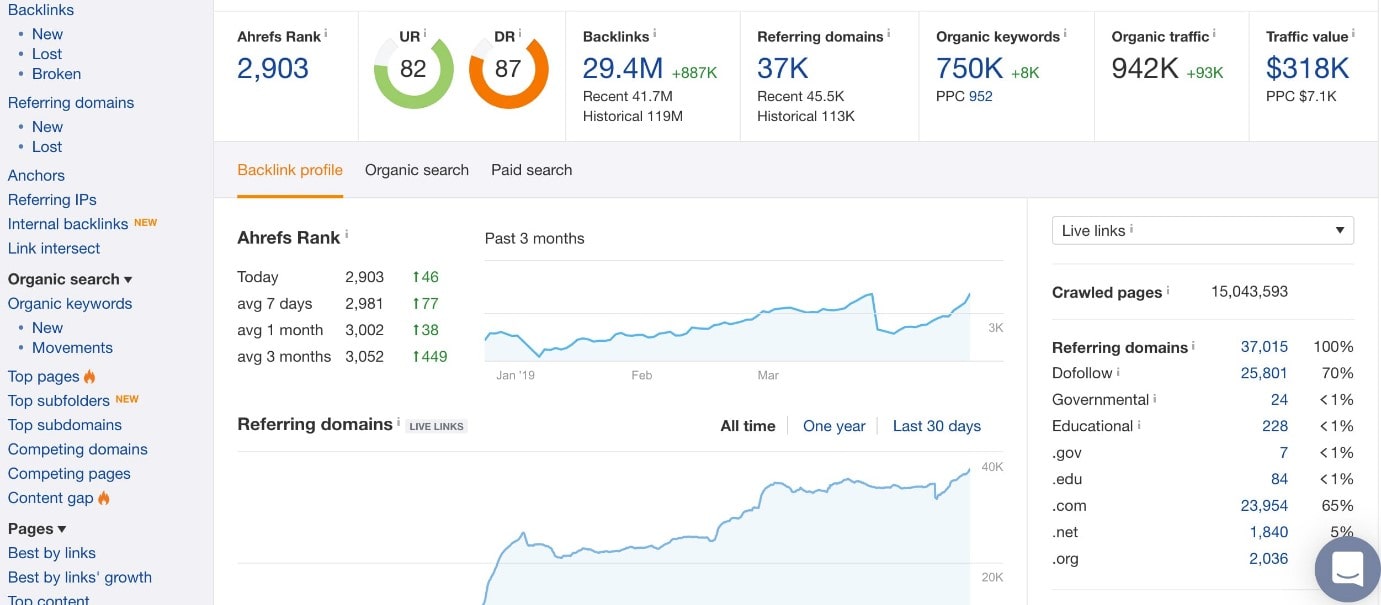
Harnessing analytics for data-driven decision-making is a vital cog in the wheel of website optimization. It’s about using raw data to steer your strategy like a compass guiding a ship.
In the e-commerce sector, data insights could highlight trends such as:
- Popular Products: Understanding which items fly off the virtual shelves allows you to stock up and promote accordingly.
- Buyer Behavior: Gleaning insights into customers’ purchasing habits can help you craft enticing upsell and cross-sell strategies.
- Traffic Sources: Identifying where your traffic originates allows you to target your marketing efforts effectively.
For a content creation platform, insights might include:
- Popular Content: Knowing which topics resonate with your audience helps shape your content strategy.
- User Engagement: Monitoring comments and shares helps gauge how well you’re engaging your readers.
- Bounce Rate: Keeping an eye on this can signal the need for adjustments to improve user retention.
By leveraging these analytics, you can make educated decisions – rather than guesswork – and navigate your website toward success.
11. Increasing Website Security
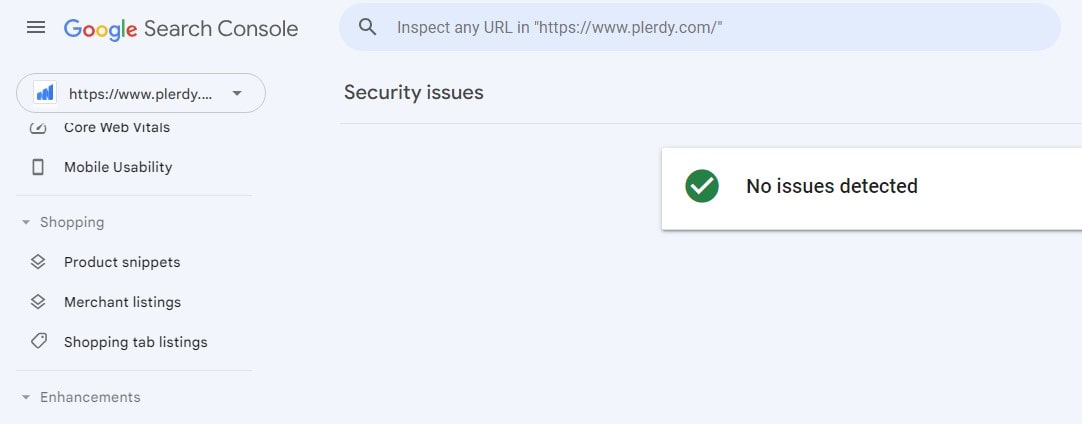
Enhancing website security should be at the forefront of your optimization strategy – it’s not just about keeping hackers at bay but also maintaining the trust of your visitors. The absence of a secure connection can wave red flags for users and search engines alike.
For an online marketplace, security measures might include:
- Secure Socket Layer (SSL): This encryption protocol secures data transfer between user browsers and the server, ensuring all transactions remain private and integral.
- Firewalls: They act as a security guard, checking all incoming and outgoing traffic to prevent threats.
- Regular Updates: Keeping software, plugins, and applications updated can protect you from security vulnerabilities.
In the context of a blogging platform, security could be beefed up by:
- Two-Factor Authentication (2FA): A second layer of security that requires users to provide two forms of identification.
- Strong Passwords: Encourage users to set complex passwords, reducing the risk of unauthorized access.
- Backup: Regular backups can act as a safety net if anything goes wrong, enabling swift restoration.
Revving up your website’s security isn’t a choice – it’s a necessity. It’s akin to constructing a fortress around your digital property, shielding it from all possible threats. Prioritizing this aspect of website optimization can solidify your reputation, optimize user experience, and ultimately contribute to your SEO success.
12. Optimizing Images and Multimedia
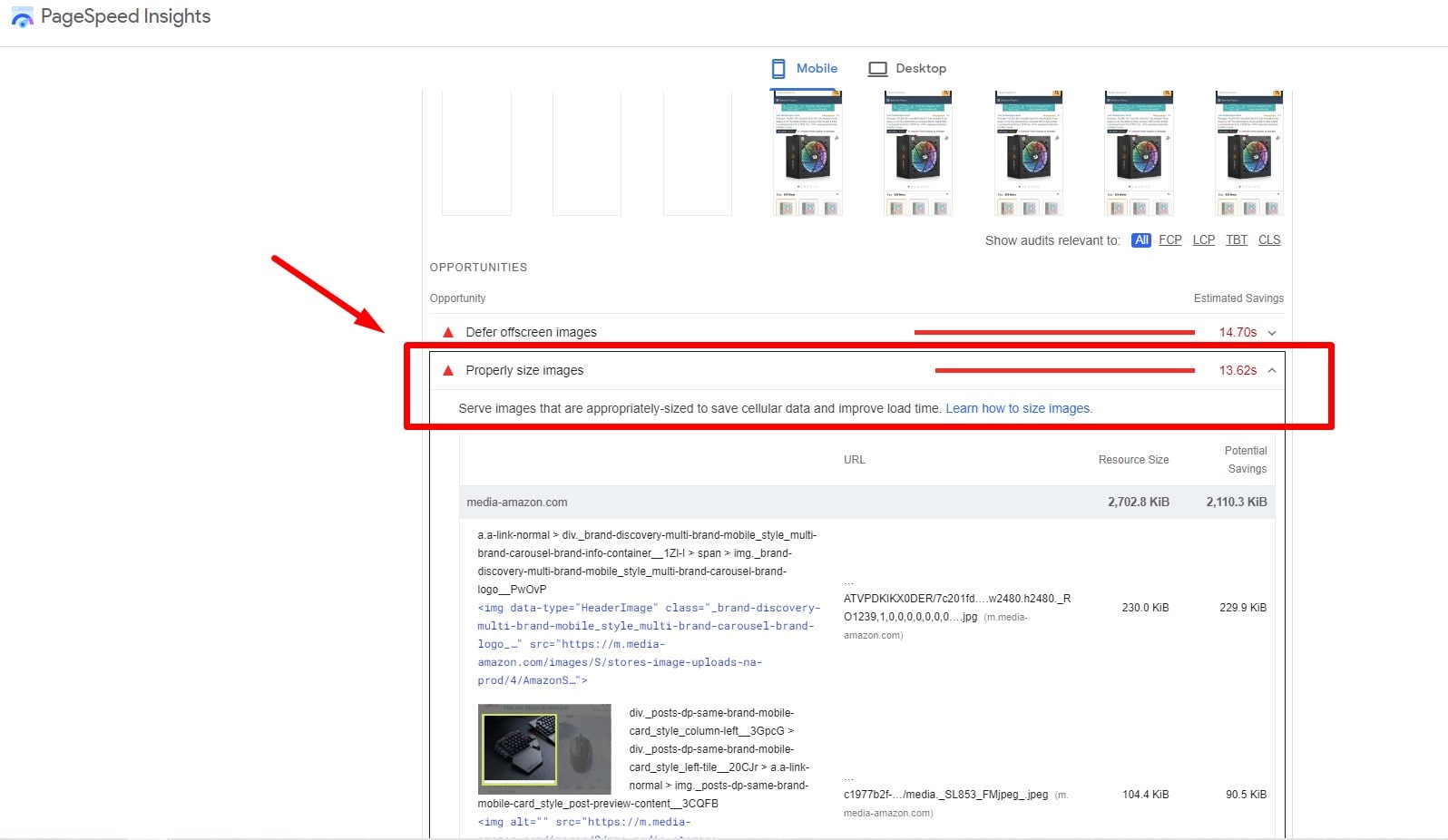
Optimizing images and multimedia, when done right, can make a website stand out, enhance the user experience, and significantly boost optimization efforts. They bring vibrancy to your content, convey information effectively, and help break up text-heavy pages, making them more digestible.
Here’s how an online clothing store might optimize its multimedia content:
- Compress Images: High-quality images are important, but they should never slow down your site. Tools such as TinyPNG can compress images without losing quality.
- Add Alt Tags: Alt tags improve accessibility and help search engines understand your images.
- Responsive Images: Ensure images scale properly for various screen sizes, from smartphones to large desktop monitors.
In contrast, a travel blog might use these tactics:
- Video Optimization: Videos should be appropriately sized, use effective thumbnails, and be transcribed for accessibility and search engine comprehension.
- File Format: Choose the right format for each image. JPEGs are usually best for photographs, while PNGs are more suitable for graphics with few colors.
- Use CDN: Content Delivery Networks can deliver images faster to users around the globe, enhancing loading speed.
In essence, properly optimizing images and multimedia is more than just uploading and inserting them into your content. It’s about harnessing their power to bolster your overall website optimization strategy.
13. Simplifying the Checkout Process
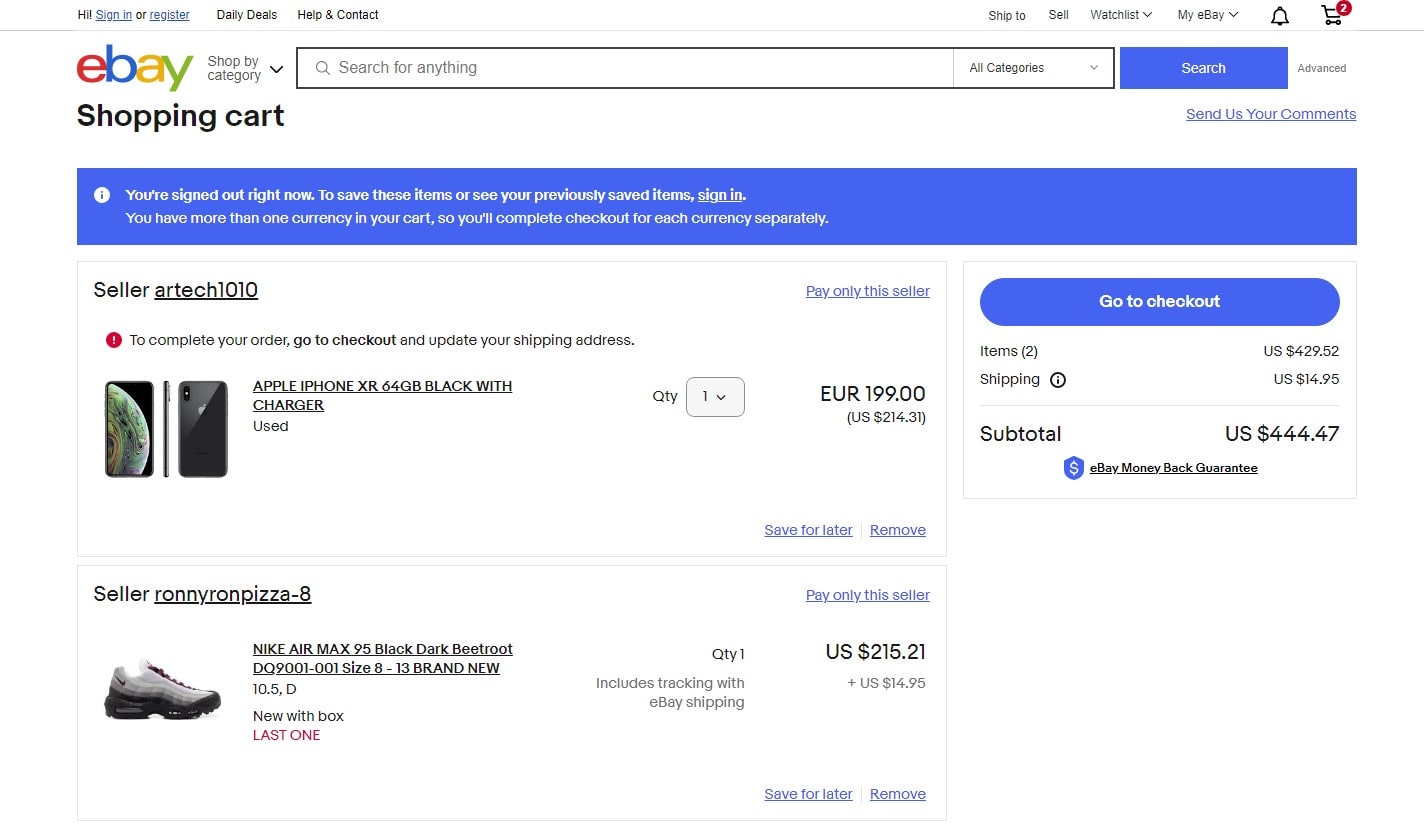
Simplifying the checkout process can significantly enhance user experience, cut down shopping cart abandonment, and revamp your website’s optimization. For an online electronics retailer, for example, a seamless checkout process might encompass:
- Guest Checkout Option: Not everyone wants to set up an account. Offer a quick guest checkout to cater to these customers.
- One-Page Checkout: Streamline your checkout process by fitting all necessary information on one page to avoid redirecting users to multiple pages.
- Clear Pricing: Ensure total costs, including shipping fees and taxes, are clear and upfront. Hidden charges often lead to abandoned carts.
Similarly, a subscription-based service provider could implement these strategies:
- Multiple Payment Options: Cater to various customer preferences by offering multiple payment methods, including credit cards, PayPal, and digital wallets.
- Minimal Form Fields: Request only necessary information.
- Reassurance of Security: Display security badges to assure customers that their financial data is safe.
In a nutshell, the checkout process should be quick, easy, and transparent, helping customers glide through their purchase. Prioritizing the checkout experience within your website optimization strategy is a significant step toward fostering user trust and loyalty, ultimately impacting your bottom line.
14. Encouraging Social Sharing
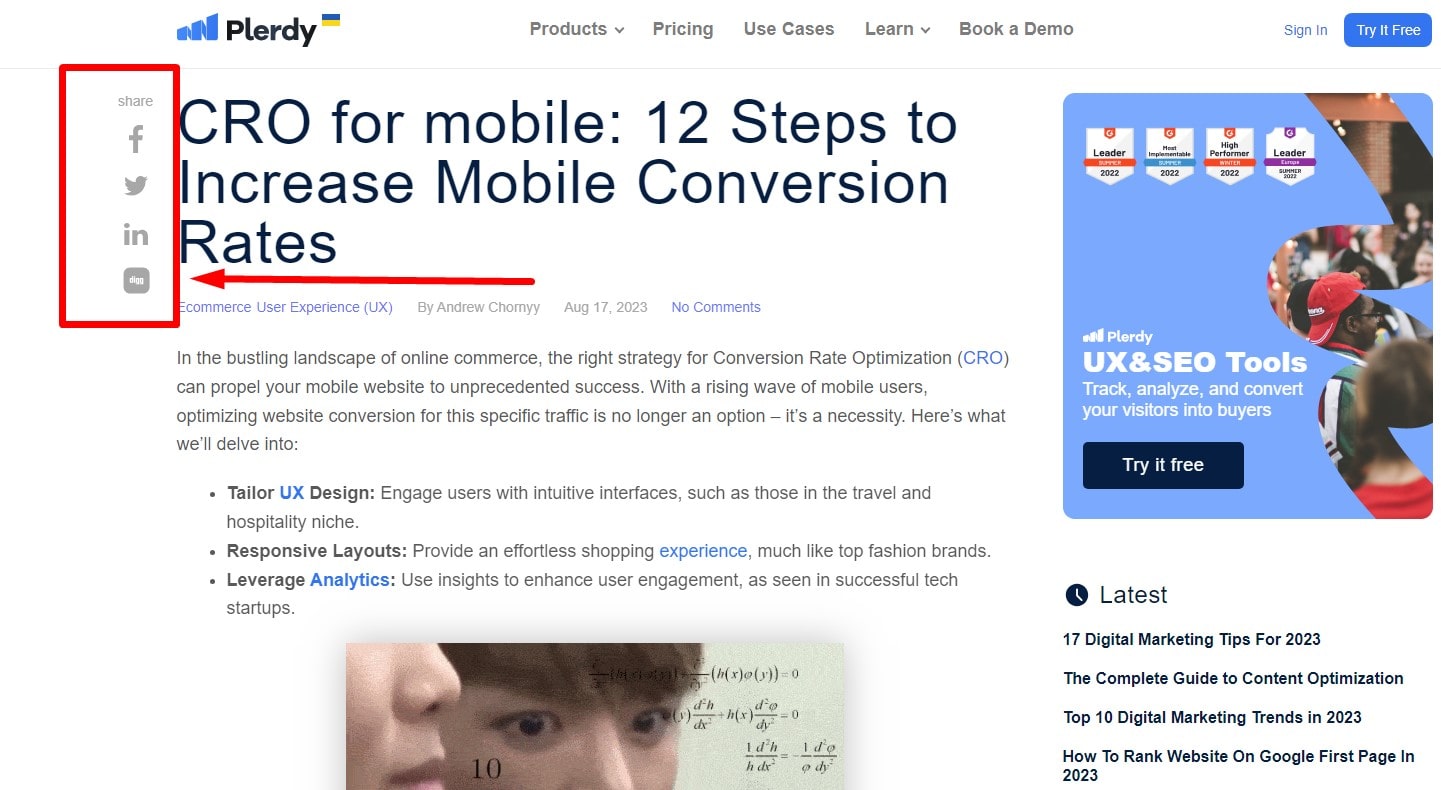
Harnessing the power of social sharing for your website optimization is a must-do for any brand or organization that aims to amplify its digital reach. When your website visitors share your content on their social networks, you tap into a wider audience, and the chain of influence expands.
Consider an online fitness platform. It can fuel social sharing by:
- Publishable Achievements: Enable users to post their workout milestones, badges, or rankings on their social media profiles, thereby enticing their followers to check out your platform.
- Easy Sharing Buttons: Prominently display share buttons on every blog post, video, or workout plan.
In a different niche, such as a travel blog:
- Shareable Itineraries: Create custom trip itineraries that users can share with their followers, sparking interest and driving traffic back to your site.
- Engaging Visuals: High-quality images and infographics increase the chance of being shared. Make them easily shareable across various platforms.
The effectiveness of social sharing in boosting website optimization lies in the network effect – your users, through their shares, become brand ambassadors, promoting your content to an audience that trusts their recommendations. Creating a share-friendly environment on your site cultivates organic growth and significantly broadens your reach.
15. Implementing A/B Testing
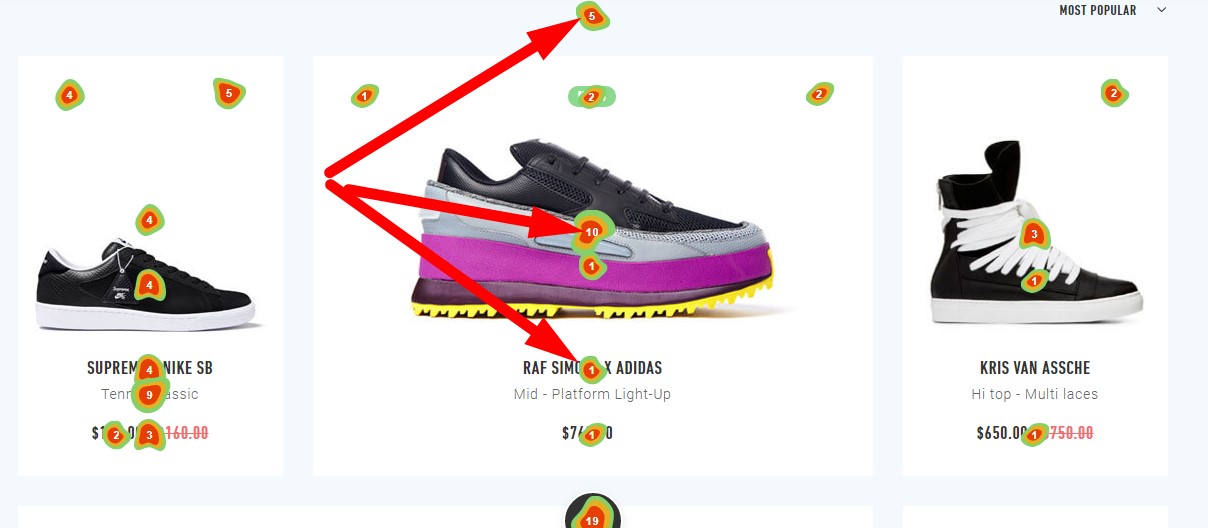
A/B testing plays a crucial role in website optimization by helping you zero in on elements that make your site more appealing and effective. Think of it as having two artist’s canvases – one is your original, the other an identical copy with a single tweak. You present both to your audience, collect data, and see which they prefer.
Consider an e-commerce platform looking to boost conversions. Here’s how A/B testing might factor into their strategy:
- Call-to-Action Experimentation: Test two versions of the ‘Buy Now’ button – one green, the other blue. Track click rates and conversions to identify the most effective color.
- Page Layout Testing: Modify the position of product images or reviews section. Measure time spent on the page and conversion rates to determine the winning layout.
For a SaaS business aiming to increase sign-ups, the testing could be:
- Pricing Page Alterations: Experiment with different pricing table designs. Gauge user engagement and subscription conversions to uncover the superior design.
- Headline Variations: Test two different value proposition statements on the landing page. Track bounce rate and sign-ups to decide which headline resonates more with the visitors.
A/B testing offers robust insights into user behavior, enabling data-driven tweaks that fine-tune your website’s performance. It is your compass, guiding you towards a more optimized, user-centric online platform.
The Role of Website Optimization in Business Success
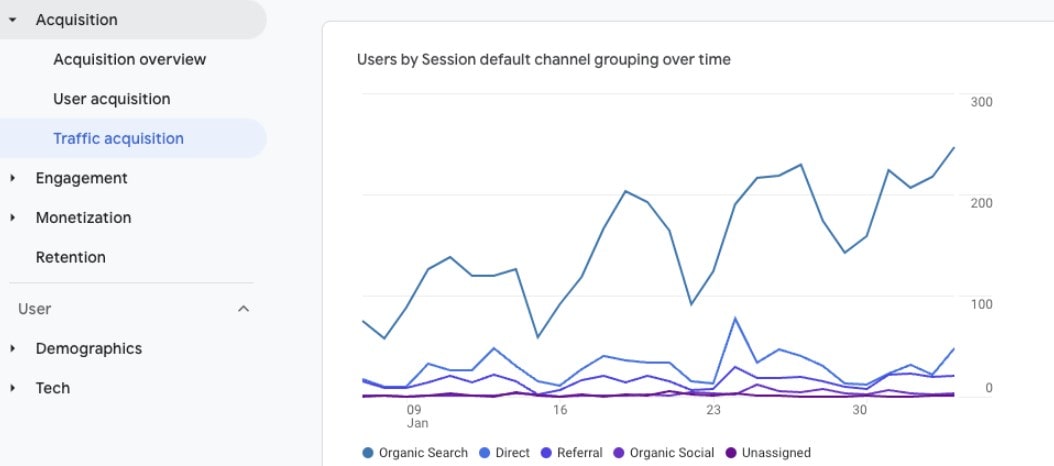
Website optimization is the engine driving digital business success, acting as the backbone that fuels customer engagement, retention, and conversions. It has a significant impact on key business metrics and can steer your business in the right direction.
Take, for instance, an e-commerce business. With a user-friendly design and an optimized checkout process, they can reduce cart abandonment and boost sales. Key actions could include:
- Simplifying the checkout process by reducing the number of steps or forms to fill out.
- Implementing one-click checkout solutions for returning customers.
Let’s consider a different scenario – a blog or news site aiming to increase reader engagement. To hook their audience, they might focus on:
- Optimizing load times to ensure quick access to content.
- Streamlining the layout for easy navigation between articles.
In a SaaS business, conversions hinge on user experience. Actions to optimize their website could involve:
- Optimizing landing pages to highlight product benefits and features clearly.
- Including clear and compelling call-to-action buttons throughout the site.
Each strategic adjustment – backed by insights and analytics – nudges users further down the sales funnel, enhancing their journey from visitors to loyal customers. Website optimization isn’t an option – it’s a necessity for businesses seeking to thrive in the digital sphere.
Common Mistakes in Website Optimization
In the website optimization sector, common mistakes can turn a promising digital platform into a labyrinth of confusion for users, leading to diminished user engagement and conversions. Here are a few common missteps and how they impact various industries:
E-commerce websites can fall victim to overcomplicating the checkout process. An overabundance of steps or information fields may lead to increased cart abandonment.
Next, news or blog sites often overlook the importance of website speed. A second’s delay can send readers to faster, more responsive platforms.
In the realm of SaaS businesses, an overemphasis on design often overshadows content clarity. By prioritizing aesthetic over user experience, the value proposition may get lost in translation.
Then there’s ignoring mobile optimization – a critical mistake irrespective of the industry. Today’s digital navigators use mobile devices, making a mobile-friendly interface essential for success.
Another common blunder is neglecting website analytics. Data-driven insights provide key signals to user behavior, invaluable for driving optimization strategies.
Lastly, failing to encourage social sharing can hamper a website’s potential reach. Making it easy for users to share content broadens your audience and enhances visibility.
Avoiding these pitfalls will set your website on the fast track to optimization success, amplifying user experience and business growth.
Conclusion
In the sphere of website optimization, the most strategic approaches call for an all-inclusive suite of tools. One such gem is Plerdy, a reliable companion for your SEO and UX analysis. ⚡From the trenches of Google’s algorithms, the tool rises up, ready to delve into your website-optimierung, ensuring that no optimization detail is overlooked.⚡ With the invaluable data and insights provided, you’ll identify and address any problem swiftly. ?️
It assists with cookies’ proper handling, providing essential feedback from users through surveys. Moreover, it aids in the efficient use of sind and sint, turning potential issues into mere checkboxes. On your quest to run a united, error-free website, Plerdy equips you with the right tools. You’re not only improving the website’s UI but optimizing your user’s journey.⚡
Consider this your invitation to sample the powerful features of Plerdy! Experience the transformation it brings to your website, helping you make optimization decisions backed by data and facts. Your website is too crucial to your business success to settle for less than Plerdy’s optimization perfection. Give it a try today! ⚡
